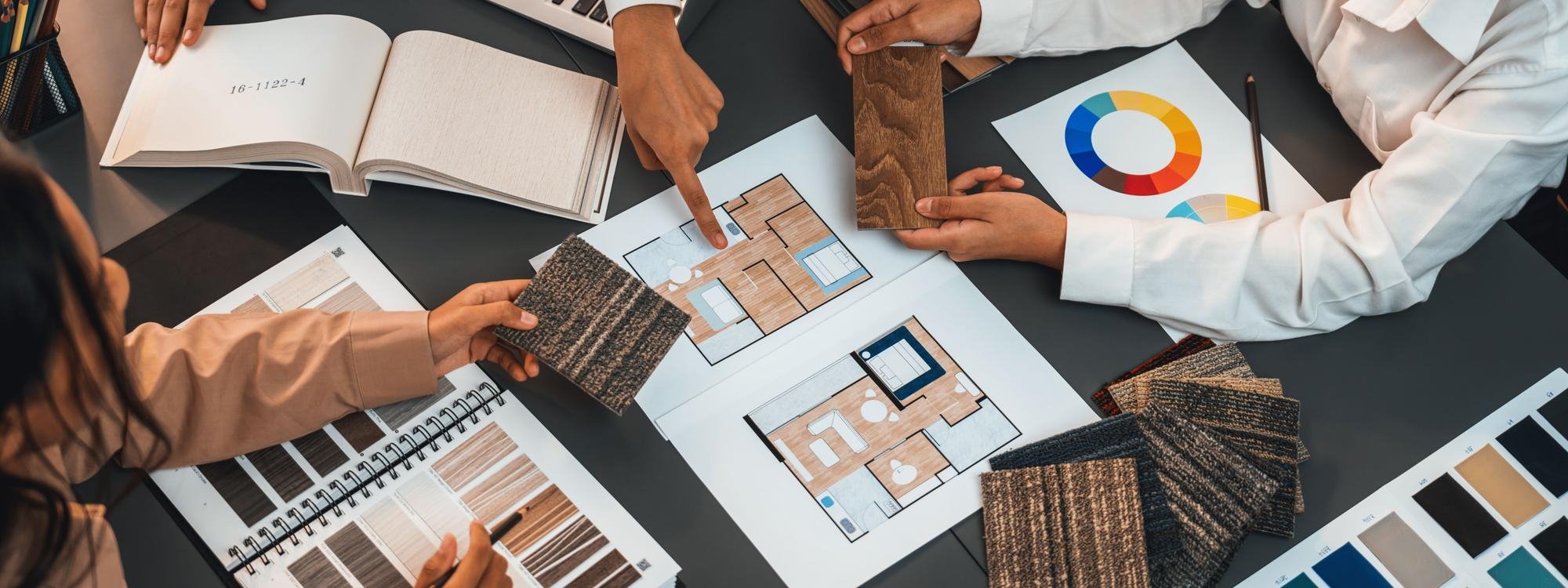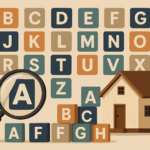When most people think about investment success, they picture spreadsheets, market reports, and property values climbing over time. But the investors who consistently get ahead often look beyond the numbers. They understand that how a property is presented, lived in, and maintained can influence not just lifestyle, but also long-term financial outcomes.

Note: The details inside a home matter — sometimes more than you’d expect.
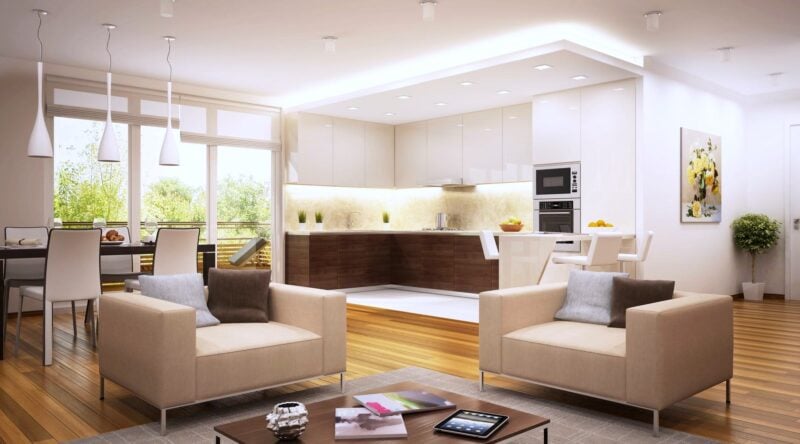
The Link Between Interiors and Property Value
Buyers and tenants don’t just purchase bricks and mortar; they buy into a vision of lifestyle. That’s why professional property staging is such a powerful tool in real estate. A well-presented interior can spark emotional responses that lead to higher offers or quicker sales. Something as simple as quality lighting, curated artwork, or luxury dining tables can create a sense of aspiration that elevates the entire property.

Note: These touches don’t just look good; they shape how people perceive value.
Small Details, Big Returns
For investors, the cost of improving interiors often pays for itself. Here are a few areas where details make a difference:
- First impressions: Entryways, lounges, and kitchens set the tone immediately. Upgrading finishes or introducing standout pieces can build instant appeal.
- Durability and quality: Tenants notice whether furniture and fittings are solid or flimsy. High-quality features often mean fewer complaints and longer lease terms.
- Perceived lifestyle: A home that feels well-designed and aspirational is more attractive to renters and buyers alike, creating competition that drives up value.
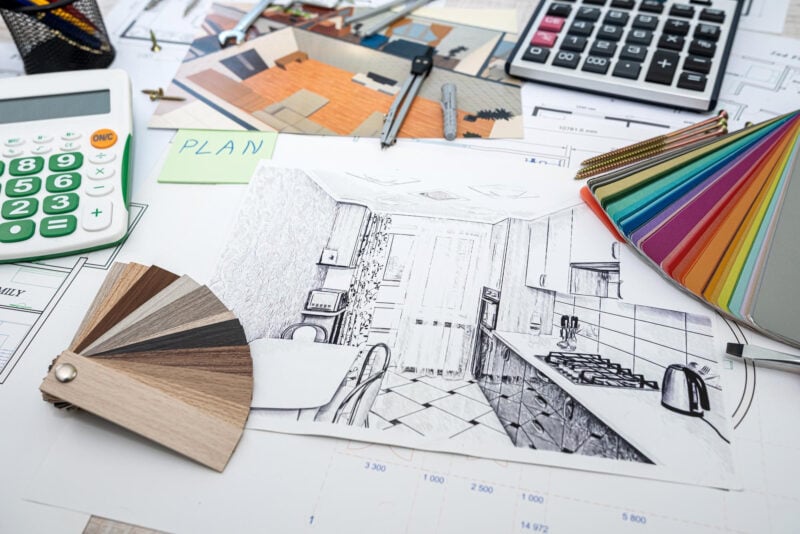
Why Lifestyle Matters to Investors
The most successful investors know that wealth isn’t only about financial spreadsheets — it’s also about creating environments that attract others. A property that communicates success and comfort is more likely to appeal to high-quality tenants, command better rents, and appreciate faster.
Consider luxury finishes or premium furniture pieces. While they may seem like lifestyle expenses, they can actually form part of a broader wealth-building strategy.

Tip: A dining space, for example, often becomes the centrepiece of a home. When designed thoughtfully, it can strengthen a buyer’s perception of the entire property.
Aligning Design with Long-Term Wealth
When investors focus on interiors, they’re not just indulging in style — they’re making calculated moves. Here’s how interior detail aligns with long-term goals:
- Resale value: Properties with stylish, well-maintained interiors stand out in competitive markets.
- Tenant retention: People are more likely to renew leases when they feel comfortable and proud of where they live.
- Portfolio branding: For investors with multiple properties, consistent attention to interiors can build a recognisable standard that attracts repeat tenants.
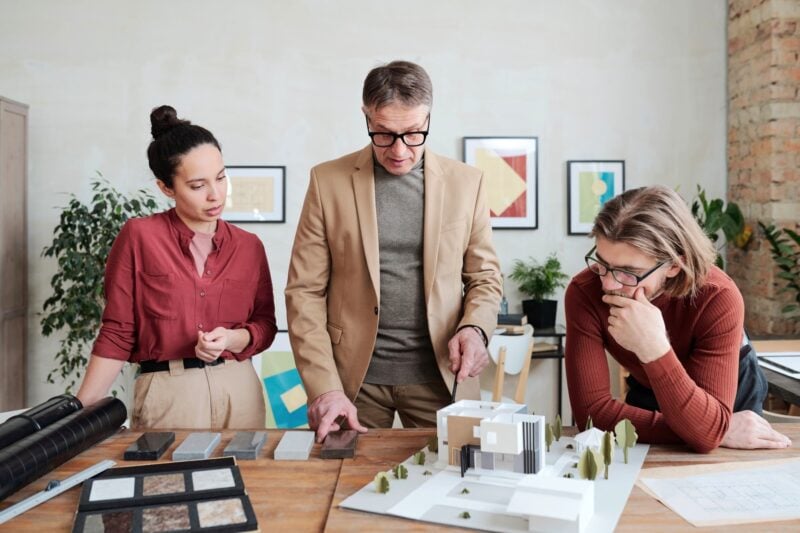
The Psychology of Attention to Detail
Psychologists often point out that people make decisions emotionally before justifying them logically. A beautiful, well-furnished property doesn’t just tick functional boxes; it creates an emotional connection. For investors, that means interiors become part of the negotiation process — they help buyers or renters rationalise higher prices because they “feel right.”
Bringing It All Together
Property success isn’t built on numbers alone. It’s the combination of smart financial decisions and thoughtful attention to detail that creates lasting wealth. Successful investors understand this balance. They don’t see interiors as an afterthought; they see them as a strategic tool for maximising returns.
When you pay attention to the small details inside a home — from durable finishes to aspirational furniture choices — you’re not just designing a space. You’re shaping how others see its value, and ultimately, how much they’re willing to invest in it. That’s why the investors who take interiors seriously often find themselves ahead of the curve.

